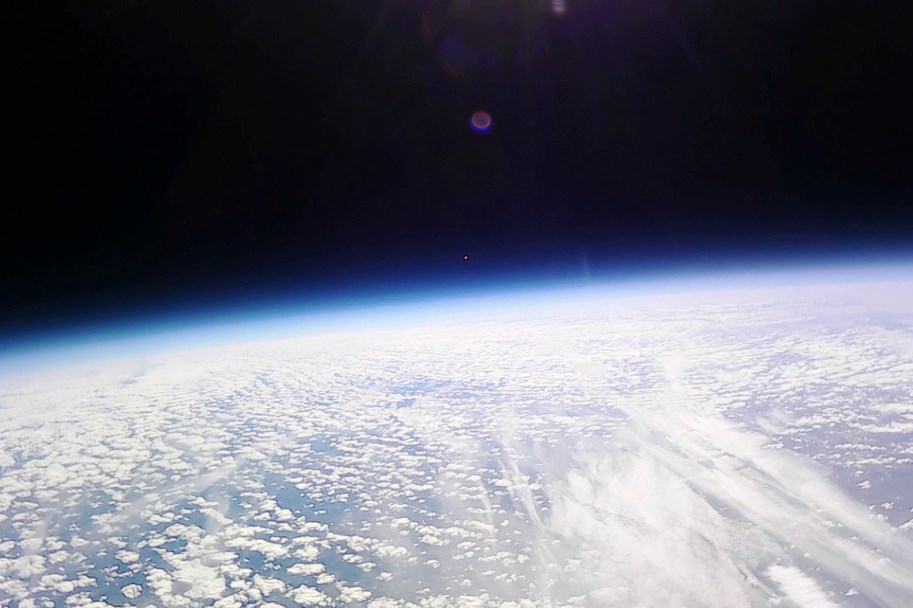
Heisenbär's Journey Towards Outer Space
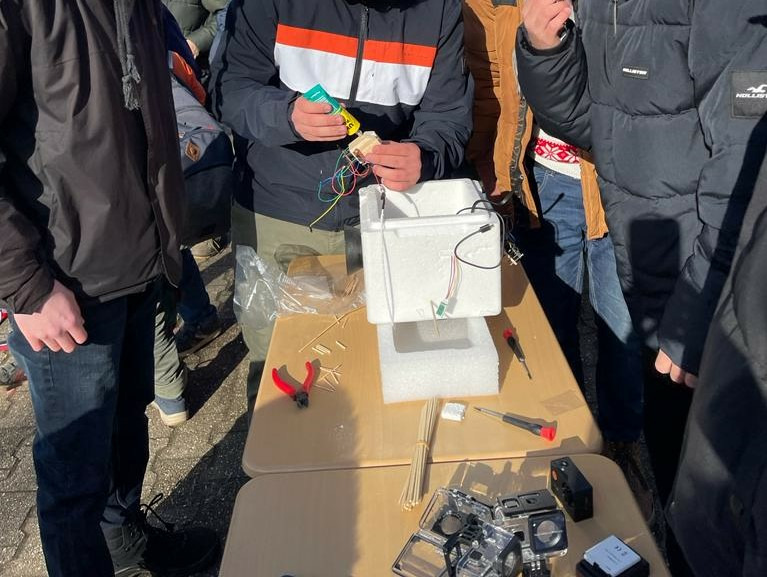
With the help of the Arduino MKR, a special microcontroller platform, the students had developed their own electronics, which they attached to the flying object together with a standard commercial data collector. Using this, the helium-filled balloon collected data from an altitude of around 38 kilometers and made a video recording of the stratosphere. The spectacular footage can be admired on the project team's Instagram account.
The technical equipment recorded data such as altitude, air pressure and location data of the flight route. Based on this data, the students and teachers could read the course of the outside and inside temperature, the air pressure, the ozone content in the atmosphere and also the light radiation in the infrared, UV and visible range. In order to precisely record how the balloon moves during its ascent and immediately after bursting, the inclination and rotation angles of the balloon were recorded several times per second in all three direction, taking into account the altitude winds. All the technology had been safely installed by the the students; a special housing protected it from the weather conditions in the stratosphere.
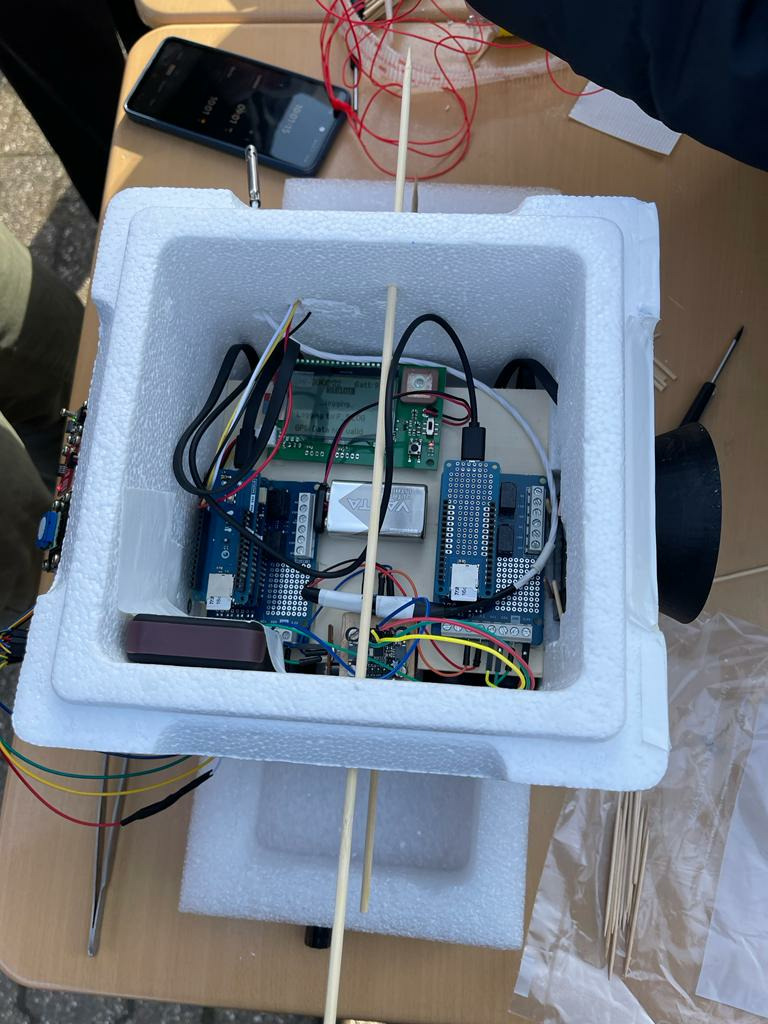
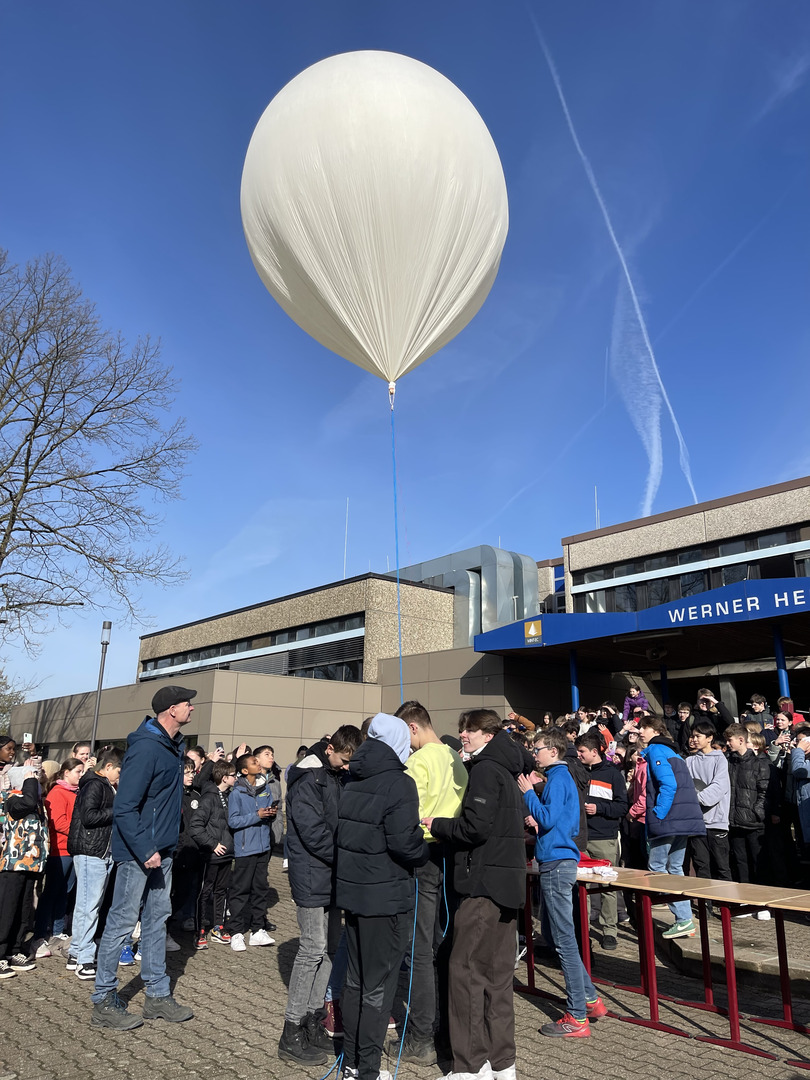
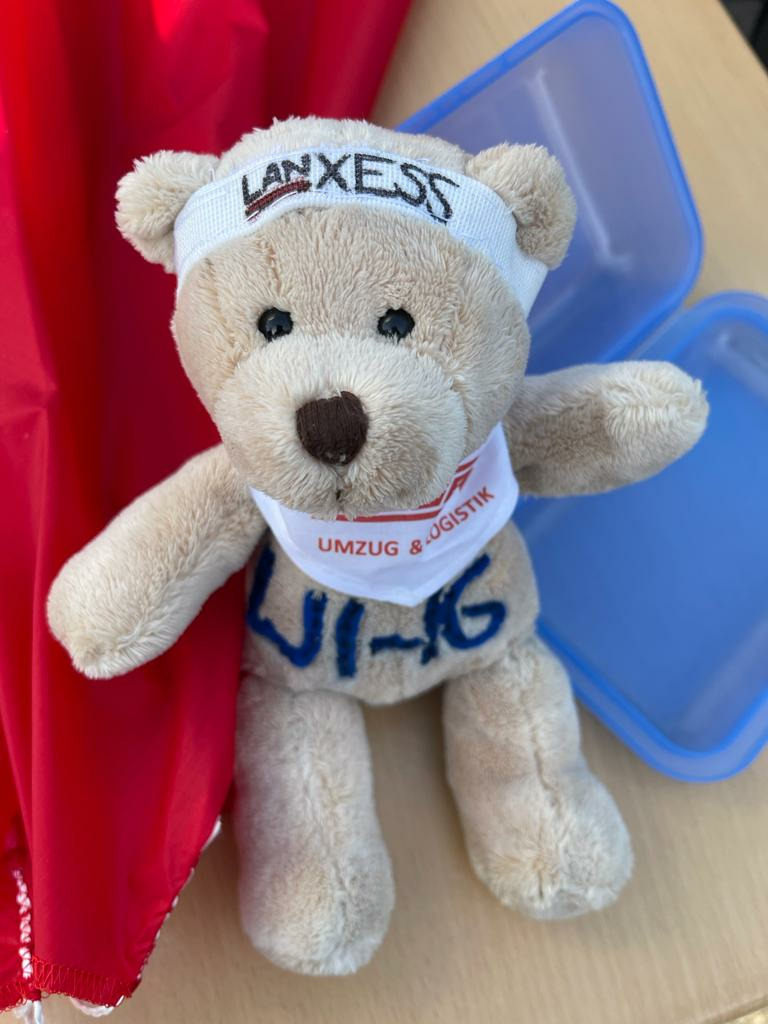
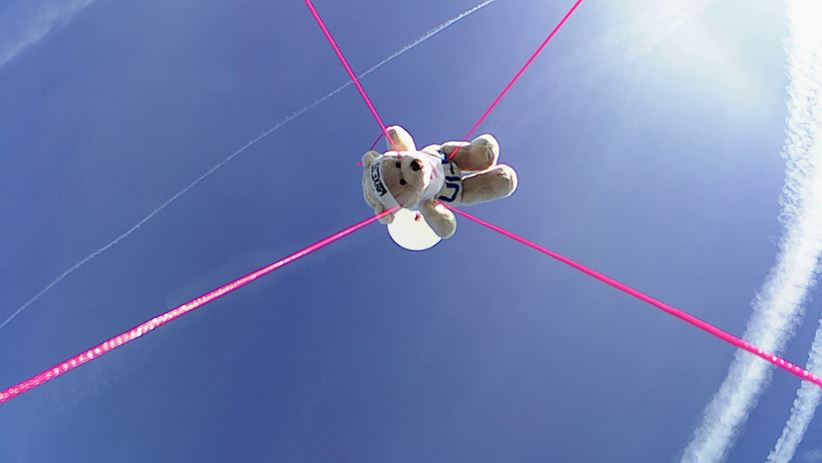
LANXESS made the flight of the Werner-Heisenberg-Gymnasium's stratosphere balloon possible with a generous donation. Nina Hasenkamp, head of the education initiative emphasises: "Projects like these can awaken young people's interest in science and thus increase the chance of inspiring the next generation to pursue a successful future in these fields. We are proud to support initiatives that make school classes more lively and exciting, and thereby promote enthusiasm for science and technology."
For those interested and enthusiastic, click here for more information on the project, ranging from the idea from 2021 to the launch of the first balloon to the analysis of the data.



